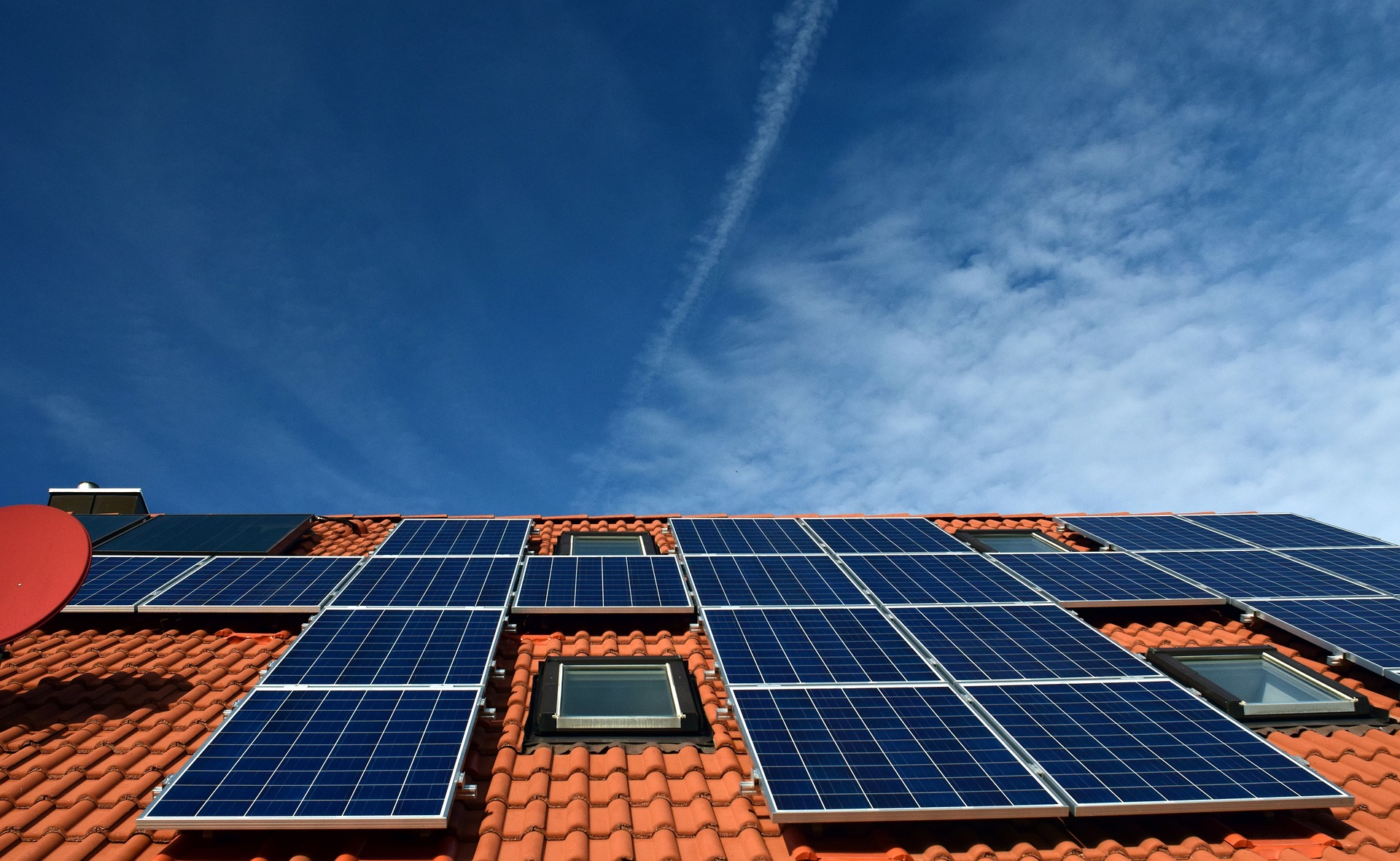Understanding Sustainable Prefabricated Homes in Senior Living
Explore the evolving landscape of senior living through sustainable and thoughtfully designed prefabricated homes. These residences feature energy-saving elements like solar panels to reduce environmental impact and energy expenses. Ranging from compact 60m² units to spacious bungalows, they provide seniors with comfort, style, and an environmentally conscious lifestyle choice that supports quality of life.

Rising Popularity of Prefabricated Homes for Seniors
Recently, prefabricated homes have gained traction as a flexible and sustainable housing option for seniors. Constructed in controlled factory settings and assembled onsite, they offer a faster and often more affordable alternative to conventional building methods. For seniors, this means quicker access to housing that is budget-friendly and can be customized to individual requirements.
Affordability and Customization
A key advantage of prefabricated homes is their cost-effectiveness. By streamlining construction processes and lowering labor expenses, these homes become accessible to many seniors who might find traditional housing options out of reach. Furthermore, their modular design allows personalization, ensuring each senior’s residence truly feels like home.
Environmental Benefits and Sustainable Materials
Traditional construction methods have significant environmental impacts, an increasing concern as sustainable practices become more critical. Prefabricated homes mitigate this by reducing waste and using environmentally friendly materials. This approach provides seniors with a greener housing choice while helping to protect New Zealand’s natural landscapes for future generations.
Solar Power Integration
These prefabricated homes incorporate solar panels on their roofs to capture New Zealand’s abundant sunlight, producing clean energy. This feature lowers dependence on conventional power sources, reduces utility expenses, and lowers the household carbon footprint. Solar power is particularly advantageous for seniors, many of whom live on fixed incomes, by helping to decrease monthly energy bills.
Solar energy systems frequently include battery storage, ensuring a steady electricity supply even during outages or less sunny days. This aligns with New Zealand’s national goal to achieve 100% renewable electricity, demonstrating how these homes contribute to broader sustainability targets while benefiting residents.
Thoughtful Senior-Focused Design
Designing residences for seniors demands attention to both aesthetics and functionality. Prefabricated homes balance these needs by offering elegant, practical spaces. Open-plan layouts promote easy mobility, essential for seniors with limited movement. Safety features such as non-slip floors, strategically placed handrails, and step-free entrances enhance security and comfort.
Smart home technology is also integrated, enabling seniors to effortlessly manage lighting, temperature, and security. This technology supports independence and confidence, allowing seniors to live safely and comfortably in their own homes.
Community Impact and Future Prospects
Examples of these well-considered homes can be found in communities developed by leading housing providers, where residents report enhanced satisfaction and quality of life. These developments serve as benchmarks for future projects, illustrating how design improves senior living experiences.
The emergence of elegant, solar-powered prefabricated homes represents a significant evolution in New Zealand’s senior housing. As the population ages, the need for affordable, sustainable, and senior-focused housing is expected to rise. These homes present a promising approach that could establish new industry norms.
By adopting these innovative options, New Zealand has the chance to set a global example of integrating sustainable practices and smart design to offer meaningful housing choices. This approach benefits seniors and supports the country’s broader environmental and social objectives.
Conclusion
The future vision is of seniors enjoying homes that combine beauty and practicality, powered by renewable energy and constructed through sustainable methods. Those interested in learning more about these progressive housing solutions can find additional details through local and national senior housing organizations.
Sources
- Ministry for the Environment, New Zealand
- Local and national housing organizations dedicated to senior living
Disclaimer: All content, including text, graphics, images and information, contained on or available through this web site is for general information purposes only. The information and materials contained in these pages and the terms, conditions and descriptions that appear, are subject to change without notice.




